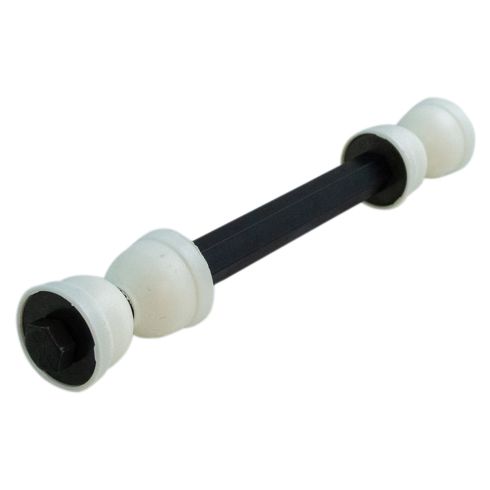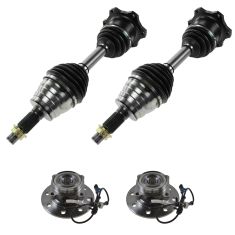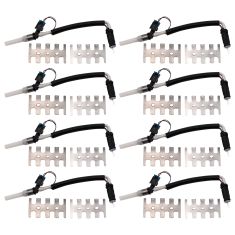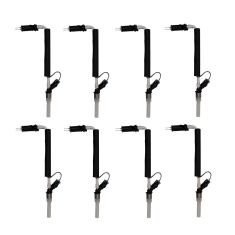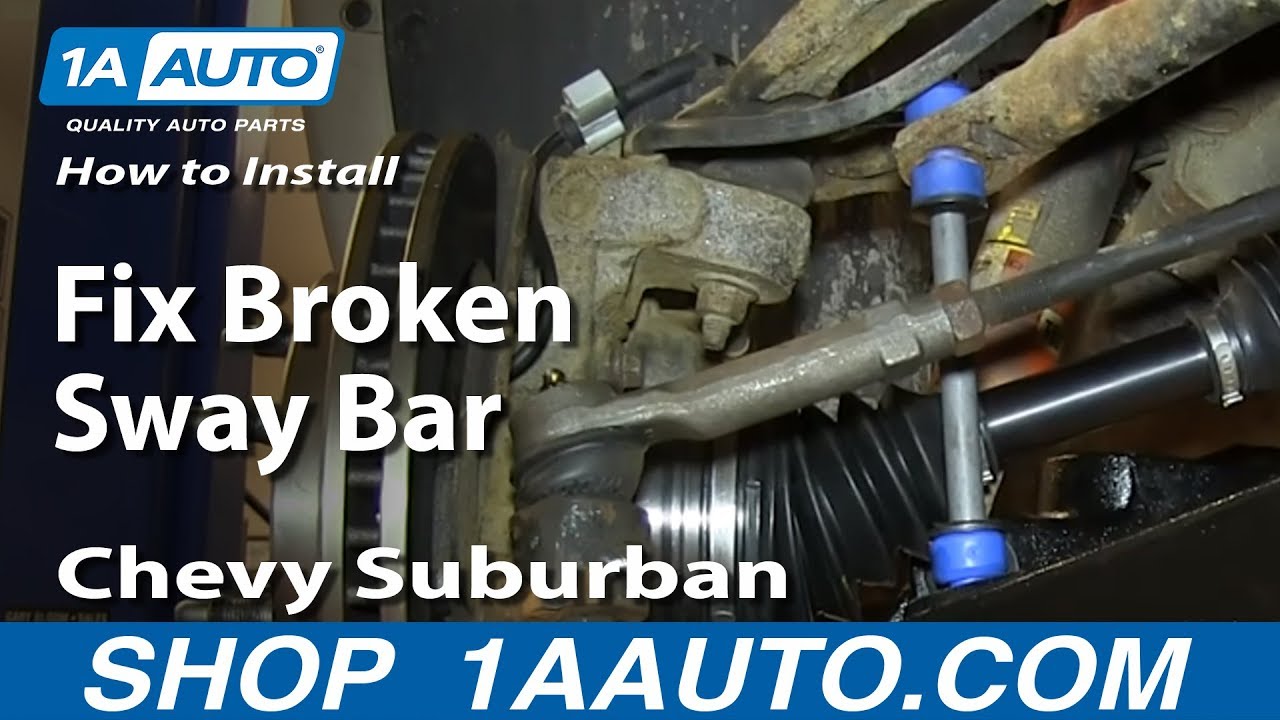Brought to you by 1AAuto.com your source for quality replacement parts and the best service on the internet.
Hi, I'm Mike Green. I'm one of the owners of 1A Auto. I want to help you save time and money repairing or maintaining your vehicle. I'm going to use my 20-plus years experience restoring and repairing cars and trucks like this to show you the correct way to install parts from 1AAuto.com. The right parts, installed correctly that's going to save you time and money. Thank you and enjoy the video.
In this video, we're going to replace the sway bar links in this 2002 GMC 2500HD, basically the same as most '88 to '06 GM pickups, SUVs, vans; also the same as a couple of Ford applications. Tools you'll need are a jack and jack stands for some vehicles, 14 mm socket and ratchet or whatever is correct for your link, they could be different depending on application, an adjustable wrench, and some penetrating oil.
Your stabilizer link is right up underneath. This big bar here is your stabilizer bar, and then here is your control arm. It's connected by this, which is the stabilizer link right here. This can break. Also, these bushings, these rubber bushings can wear out, which will cause a rattling sometimes when you go over bumps. You have a good idea if it's the stabilizer link if, when you go around a turn, the rattling stops. I'm going to show you how to replace that.
On top, you're going to want to spray some penetrating fluid. This is a 14 mm bolt down here at the bottom. What you're going to want to do is put an adjustable wrench onto this side. This is an original link here, so the thing on top is kind of bolt-shaped. I've got that on there to hold it. Now I'm going to attempt to slowly unscrew it.
The bolt comes down, and that can come out. Then you can see, even though there's nothing too terribly wrong, you can see that this one is worn, right in here, so we'll replace it. On the original you can see this top nut has edges to it so you can get that wrench on there to hold it in place. We've gotten it out of there, but we still have this in place. Just pull that right out, like that. I'm going to take my new link and I'm going to put it up through. This bushing has the ridge up into the control arm. Then I'm going to take a bushing down and then a washer on top of that, then my spacer. Then I'm going to take a bushing and a washer, and now the step goes up into the sway bar. Then just push that.
In order to get this in, what I've done is this is a little jack. If you're doing this just on the ground, you can do the same thing. Put the jack in underneath the stabilizer bar here, lift it up, and create plenty of room to push that up through. Then you want to make sure these bushings all go right into the holes in the stabilizer bar, right there, and the control arm. This last bushing goes with the ridge down, then the washer on top. I'm going to put the jack right in underneath here, push this up in to get the nut on.
I've got this together and I've got the nut started on there. I'm going to replace the other side first before I tighten it up. I wouldn't take apart the other side here you can see, this is the one from the driver's side and this is the one from this side, so you can see this whole part was rough and it broke off. It's possible this link wasn't really doing anything anyways. This here that broke off of this one is stuck inside there. What I'm going to have to do is I'm going to have to actually cut this link with my Sawzall. I'm going to do that very carefully, because I don't want to contact the boot or anything else. I don't want to contact the CVs. I just want to cut through the link itself.
Now with the car on the ground, you want to tighten up the links. I'm just using an air ratchet. You can hand tools, obviously. Tighten up both sides and you're done.
We hope this helps you out. Brought to you by www.1AAuto.com- your source for quality replacement parts and the best service on the internet. Please feel free to call us toll-free, 888-844-3393. We're the company that's here for you on the internet and in person.







